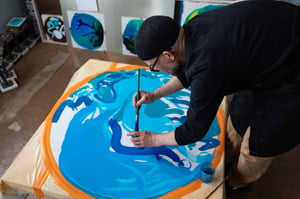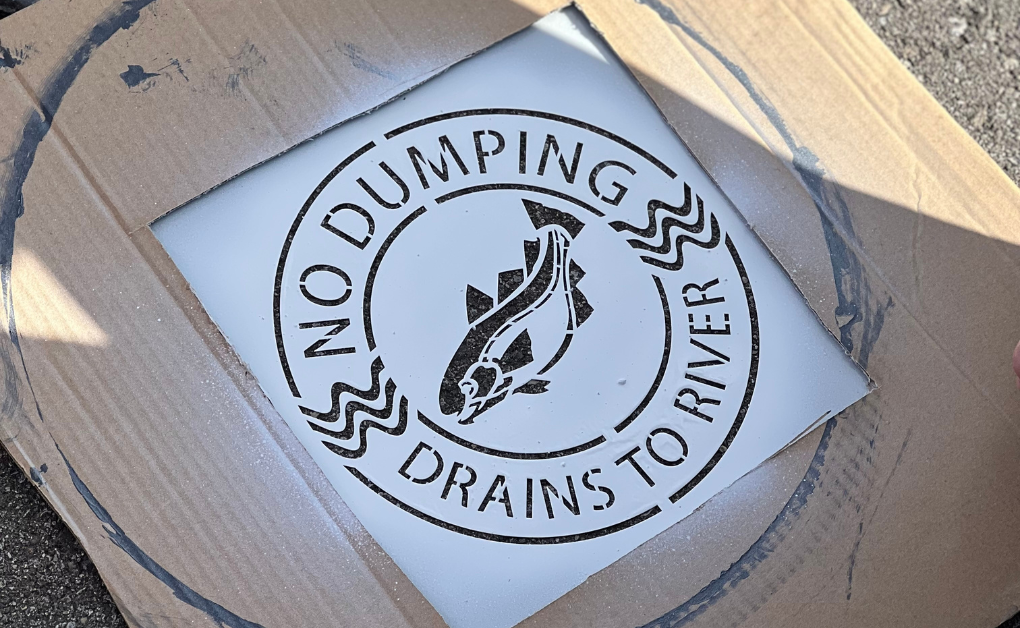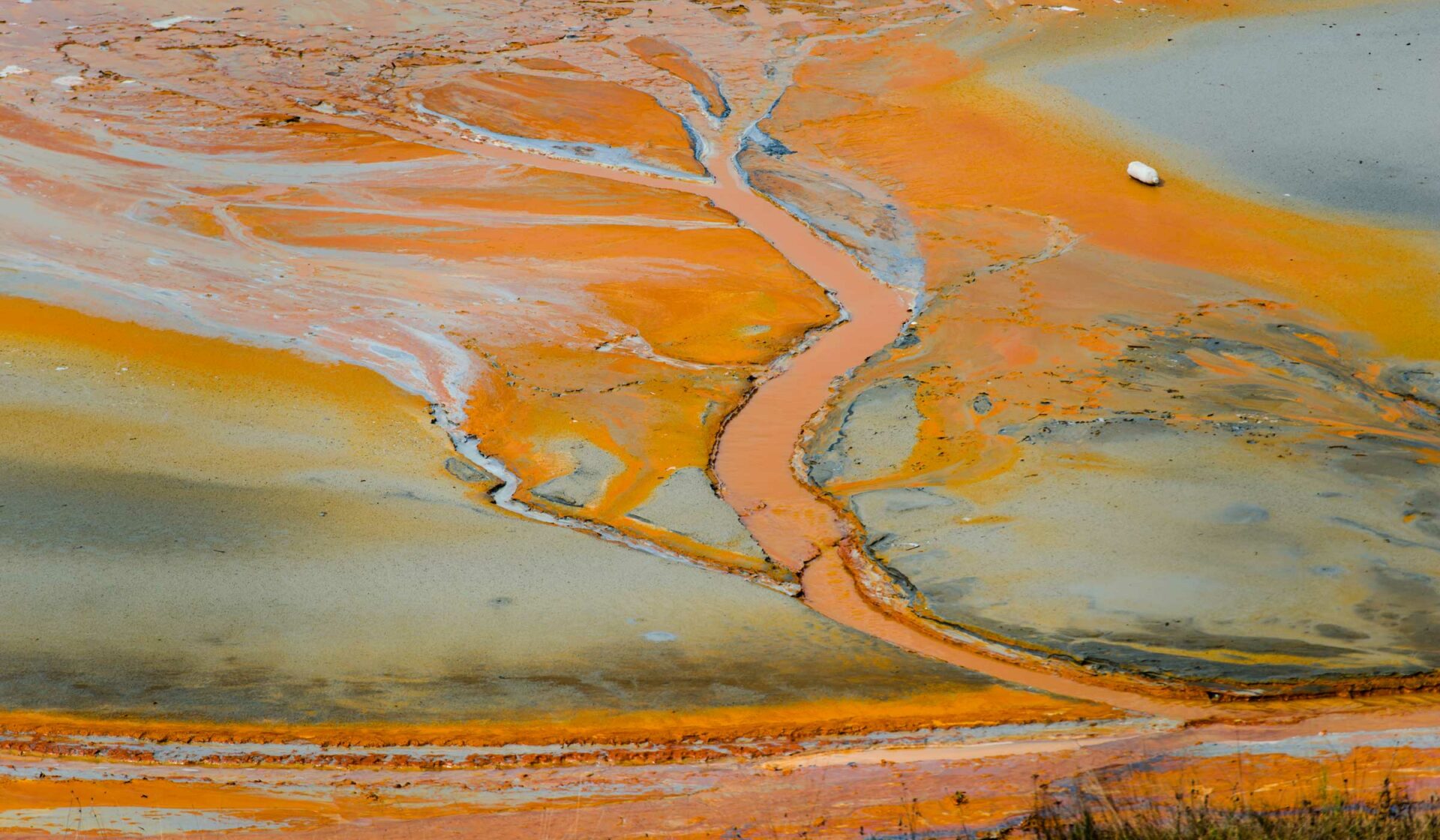RIVERS ARE LIFE
What is the Green Art Movement?
Art has long been a means of expressing creativity and emotion, but it’s also a powerful platform for addressing environmental concerns. In today’s world, where the need for sustainability is paramount, artists increasingly turn to eco-friendly materials in their creative pursuits. This shift towards environmentally conscious art forms is not only a response to the global climate crisis but also a reflection of the growing awareness of our impact on the planet.

Exploring Sustainable Paint and Pigment Options
Traditional oil and acrylic paints often contain toxic chemicals and solvents which can be harmful to the environment. Eco-conscious artists are now exploring alternative paint options that are free from these harsh substances. Some of the sustainable materials being embraced in the world of painting include:
Natural Pigments: Artists are rediscovering the use of natural pigments derived from minerals, earth, plants, and even insects. These pigments are often non-toxic, biodegradable, and produce rich, earthy colors that evoke a connection to nature.
Water-Based Paints: Watercolor and gouache paints, which are primarily composed of water and natural pigments, are gaining popularity for their non-toxic nature and easy use. Water-based paints also reduce the need for solvents, making them an eco-friendly choice.
Plant-Based Binders: Some artists are experimenting with plant-based binders like linseed oil, walnut oil, and beeswax as alternatives to traditional oil-based paints. These materials are renewable and biodegradable.
Recycled Paint: Artists are using recycled paint made from reclaimed or post-consumer materials, contributing to the reduction of waste and the conservation of resources.
Turning Pollution into Art: John Sabraw’s Eco-Friendly Journey
One art professor at Ohio University painted his own twist on eco-friendly art. John Sabraw, an environmentalist, artist, and activist, relocated to southeastern Ohio for a teaching position and encountered Sunday Creek, a local waterway polluted by acid mine drainage. Iron oxide from the underground mine water has turned the creek a disconcerting orange hue and made it uninhabitable for aquatic life like macroinvertebrates and fish.
Realizing that iron oxide was a primary component of many artists’ paints, John collected a sample from the creek to explore its potential use in his art. “I had this feeling that if I could just get this chance to apply my abilities and my ideas to something… I knew it wouldn’t work like magic, but I just felt that I could have an impact.”
John collaborated with Guy Riefler, a professor of civil engineering at Ohio University, and together they developed a new technological solution to address the polluted water by collecting iron oxide sludge, extracting pigments, and creating paints to sell and generate income to sustain the eco-friendly process.
The journey from pollution to solution, chronicled in “Toxic Art,” shows how art can be a catalyst for improving environmental health.
Art as a Catalyst for Sustainability
The use of environmentally friendly and alternative materials in art goes beyond the canvas. It serves as a powerful message to society about the importance of sustainability and our collective responsibility to protect the planet. Eco-friendly artists are advocates for change, inspiring others to rethink their consumption habits and environmental impact. In the intersection of art and sustainability, a powerful message is born, encouraging us all to be better stewards of our planet.
Share this
You May Also Like
These Related Stories

Plastic Pollution in the Nile: A Threat to Fishing

Behind-the-Mic: Jennifer DuBey and the Sanford Storm Drain Stenciling Initiative

